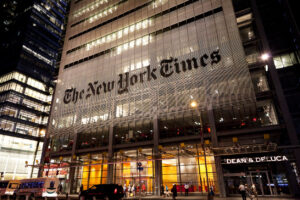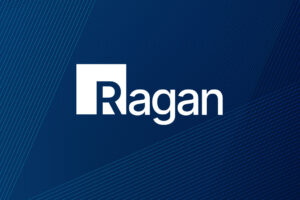How to make your town hall more than a standing meeting
Use these to make your town halls excel.

When properly designed, a town hall meeting allows leaders to share news and perspectives from the highest levels of an organization. These gatherings should also empower team members to ask questions of their leadership that explain how their company functions and makes decisions.
But far too often, town hall meetings don’t provide avenues for meaningful engagement or miss chances to allow employees to gain a clearer view of their companies. Here’s how your town halls can be an open forum for idea exchange and cultural building that bring your organization closer together.
1. Know, do feel
Most of us have thought after a particularly lackluster town hall meeting, “This could have been an email!”. Avoiding that feeling of meeting-induced malaise begins with preparing agendas that mesh with a leader’s communication style and preparing in advance to ensure that the point of the meeting gets through to attendees.
Ashley Pope, head of enterprise internal communications for Jackson, said comms should work with leaders to create talking points connecting to employees’ daily work.
“We use a ‘know, do, feel’ framework for town halls – clarifying with our stakeholders what attendees should know, what actions they should take with that information, and how they should feel walking out of the meeting,” Pope said.
When comms knows the aims leaders have going into town halls, the better they can serve as a guide in format creation.
“We work hard to learn our stakeholders’ goals and objectives, leadership styles and voices,” she said. “That allows us to start from a position of trust in helping achieve their goals while also advocating for their audiences.”
2. Bells and whistles to drive holistic engagement
There’s no such thing as an effective town hall without employee engagement — these are meant to be two-way meetings, not leadership speaking from the pulpit in a one-way fashion. Lisa Claybon, vice president of corporate affairs at a global food service company, said that planning for engagement begins long before the meeting begins.
“Thinking about the communications strategy before, during and after the events can build engagement organically,” she said. “Whether it’s providing a preview of what will be discussed, teasing a special guest, or developing a 30-second movie trailer style video that’s part of the invitation.”
Pope added that each town hall should be tailored to attendees, rather than planned as if they’re in a vacuum.
“By focusing on our core strategies, we’re able to create a holistic experience tailored to the interests and needs of our attendees,” she said. “I have a highly skilled team that carries that experience through themes, graphics, content design and speaker coaching, interactive games and activities, platforms for virtual experience and even our approach to on-site delivery.”
3. Remote formats you can measure
Town halls don’t need to be held in an on-site office to have an impact — the best ones will work to include remote employees as well as those in the office.
“Whether you’re in-person or virtual, it can be helpful to think about producing a short talk show or newscast with employees as the live studio audience,” Claybon said. “Take a page out of a producers’ playbook and set the stage accordingly, focus on camera angles and look for ways to make executives and other speakers more approachable.”
Claybon also shared that communicators should look to represent both frontline and remote employees in town hall meetings to showcase the breadth and reach of a company.
“This can include providing opportunities for high-potential associates to interview executives or featuring case studies and best practices from the field ‘live remote’ style,” she said.
Pope added that measuring for town hall success begins before the meeting and should help guide meetings in the future.
“We use a ‘before, during, after’ framework for our meetings,” she said. “We track how quickly attendees RSVP or submit questions heading into a town hall, which tells us if our content is of interest and helps us adjust our presentations to make them more relevant.”
Despite the importance of these communal meetings, there are still opportunities to have fun. Communicators should get creative with formatting to maximize participation and variety.
“Town Halls can be rich with important information or a time to focus on tough topics, but bringing executives and their personalities to life will help foster engagement and keep everyone focused,” said Pope.
“Consider a regular segment of rapid-fire questions like the end of “Insider the Actor’s Studio” or explore game-show inspired sections, or themed segments to keep interest high.”
Town halls needn’t be an event any employee dreads — they can be something everyone can look forward to. It just takes a little extra planning and intentionality.
Sean Devlin is an editor at Ragan Communications. In his spare time he enjoys Philly sports and hosting trivia.







